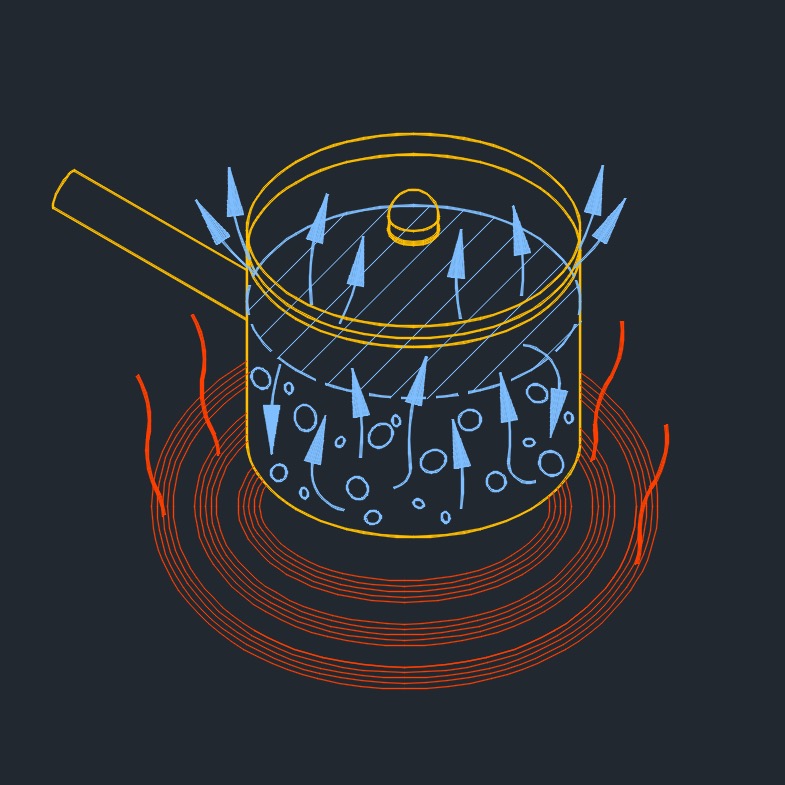Thermal Expansion
 Thermal expansion is a physical occurrence in which the dimensions (size, volume, length, etc.) of a substance change in response to changes in temperature. When an object is heated, its particles gain kinetic energy and move more vigorously, leading to an increase in the average separation between the particles. This increase in separation results in the expansion of the material. The stored energy in the molecular bonds between atoms changes when the heat transfer occurs. The length of the molecular bond increases as the stored energy increases.
Thermal expansion is a physical occurrence in which the dimensions (size, volume, length, etc.) of a substance change in response to changes in temperature. When an object is heated, its particles gain kinetic energy and move more vigorously, leading to an increase in the average separation between the particles. This increase in separation results in the expansion of the material. The stored energy in the molecular bonds between atoms changes when the heat transfer occurs. The length of the molecular bond increases as the stored energy increases.
Thermal expansion is a result of the fact that most materials expand when they are heated and contract when they are cooled. This behavior is due to the fundamental nature of particles in a substance, as they gain energy, they vibrate more and require more space, causing the material to expand. Different materials have different thermal expansion coefficients, which quantify how much a material's dimensions change for a given change in temperature.

